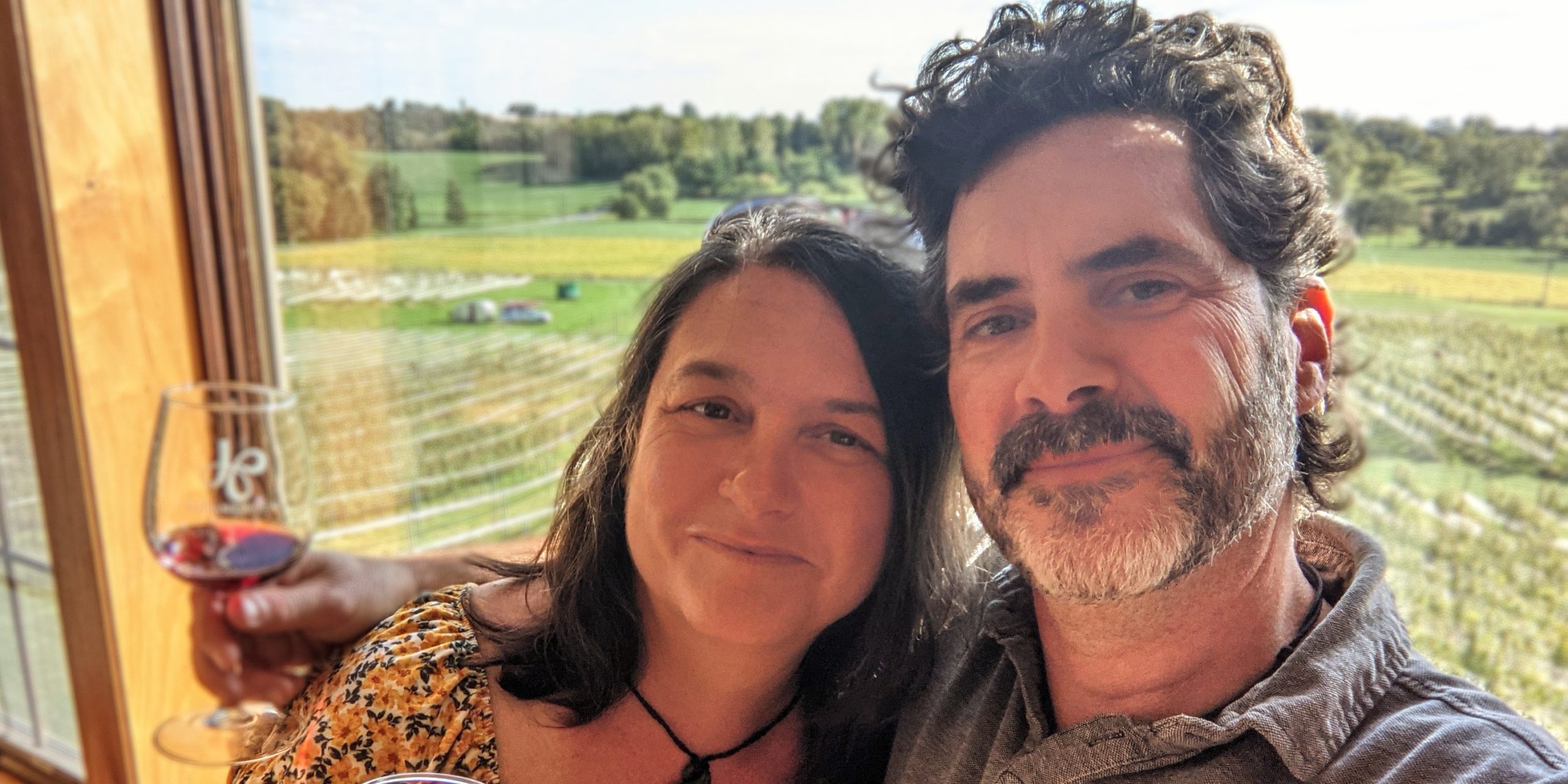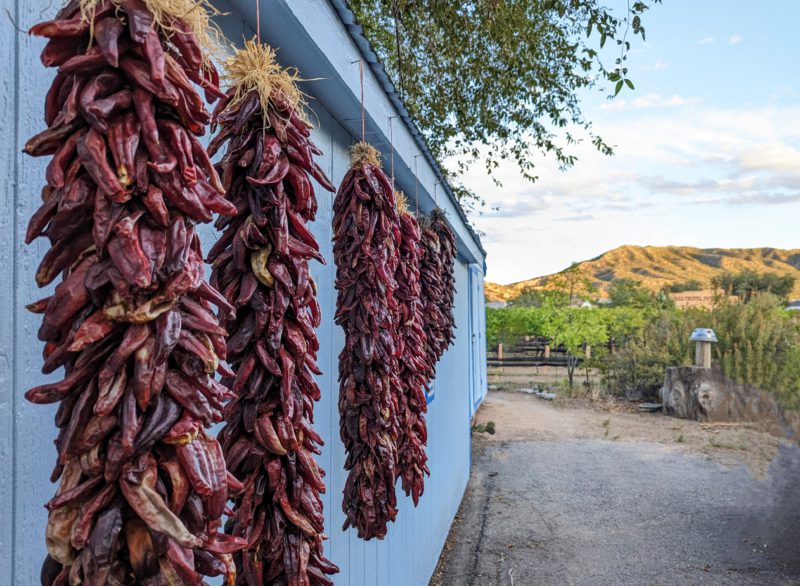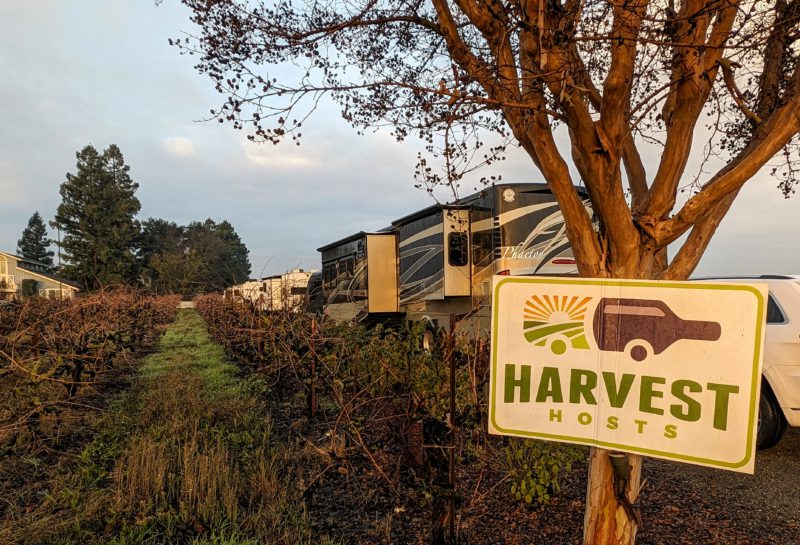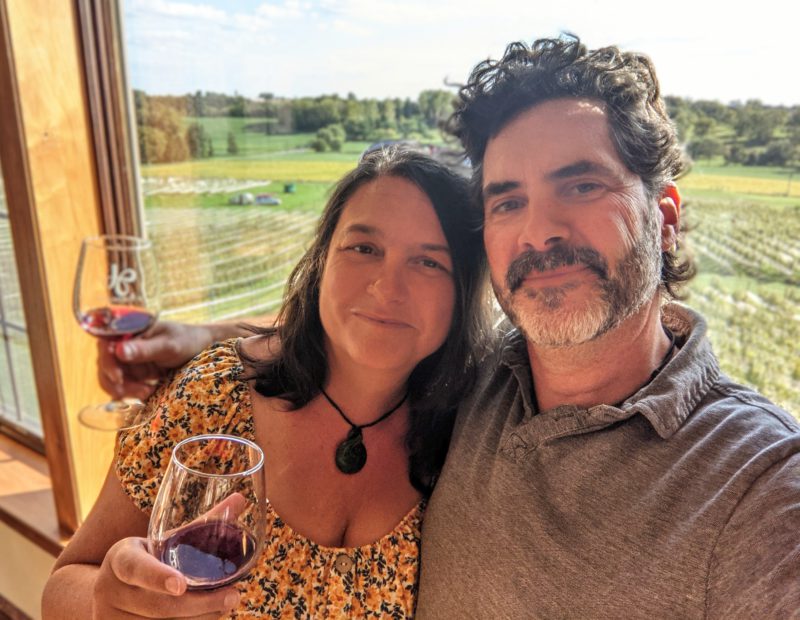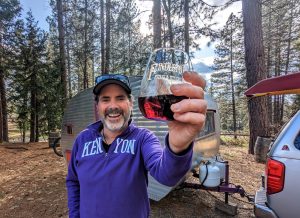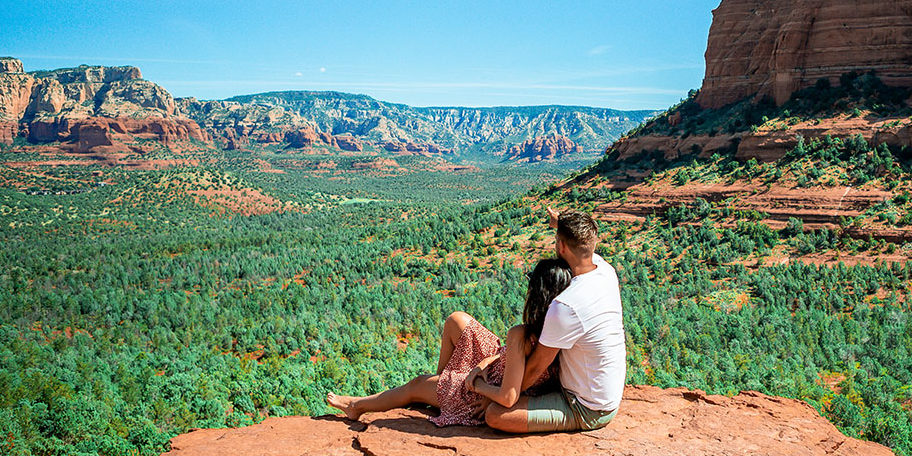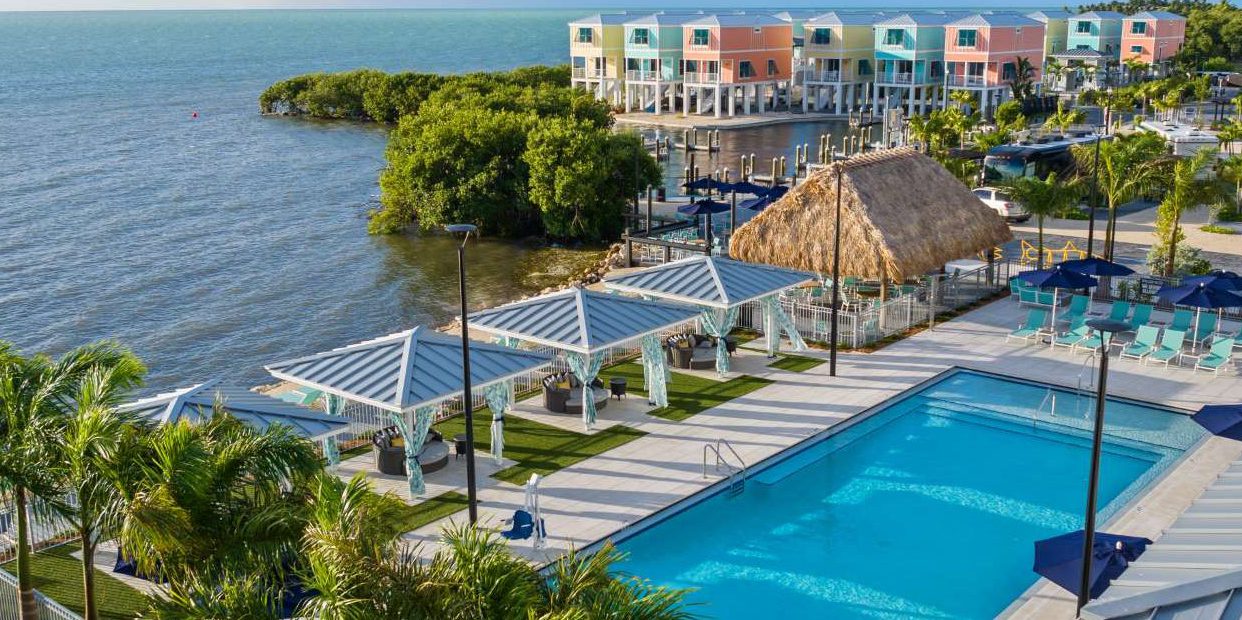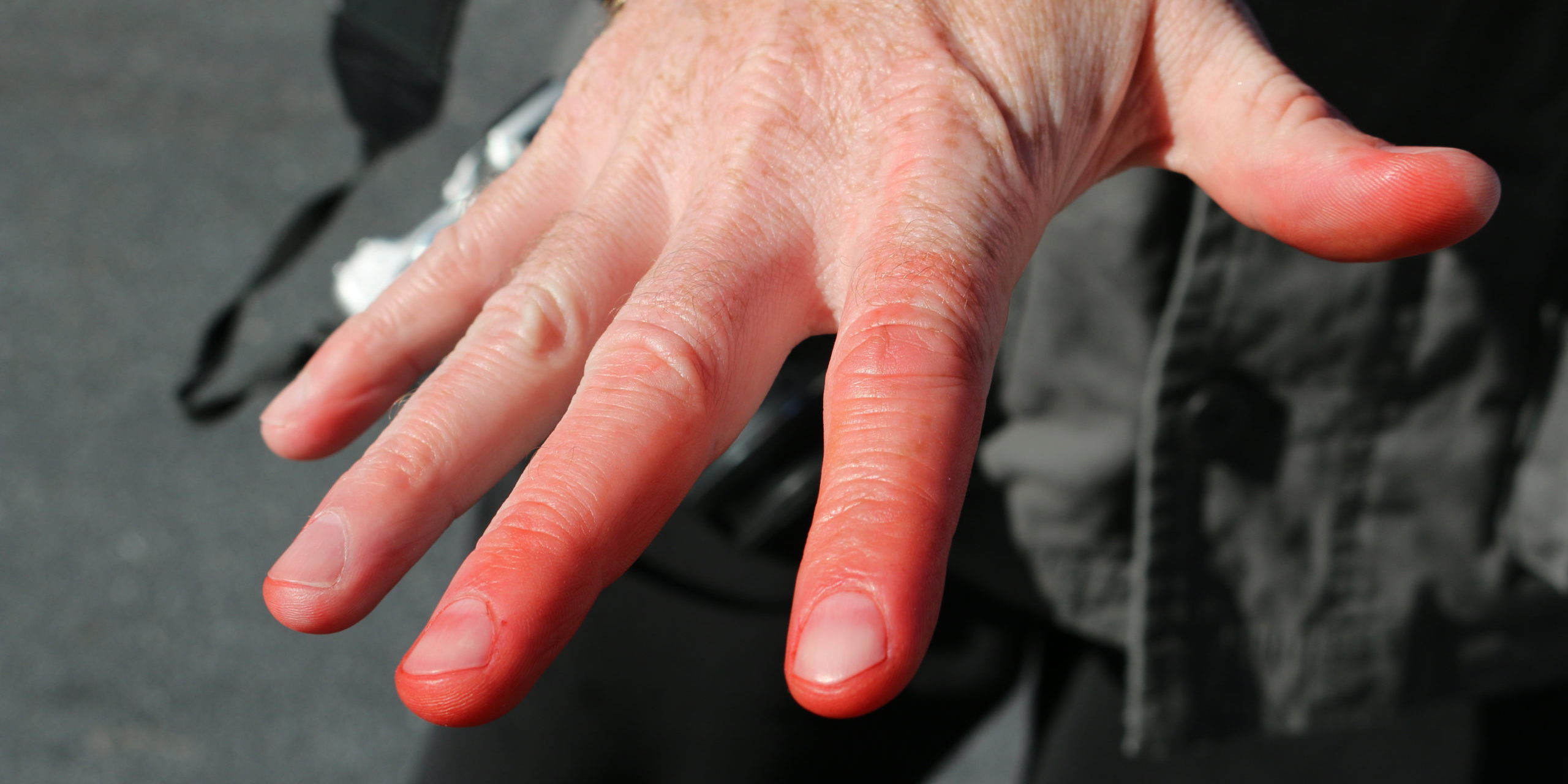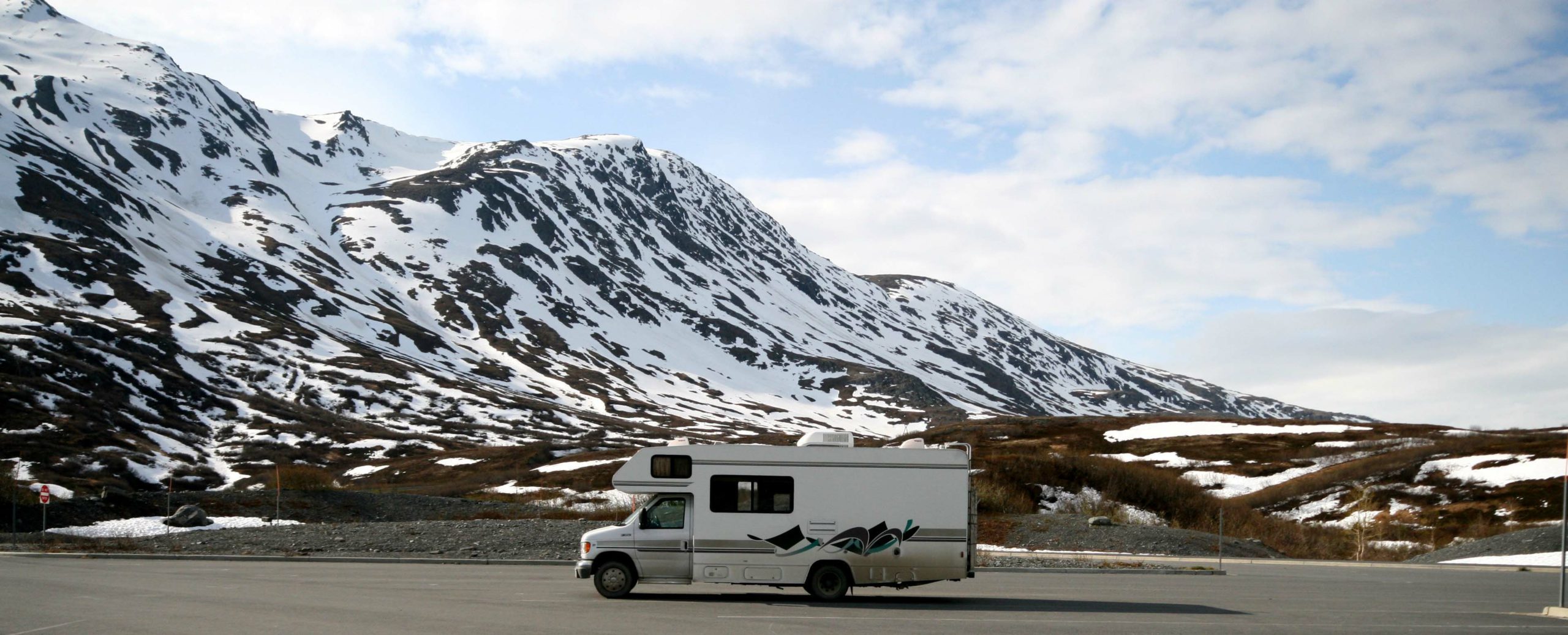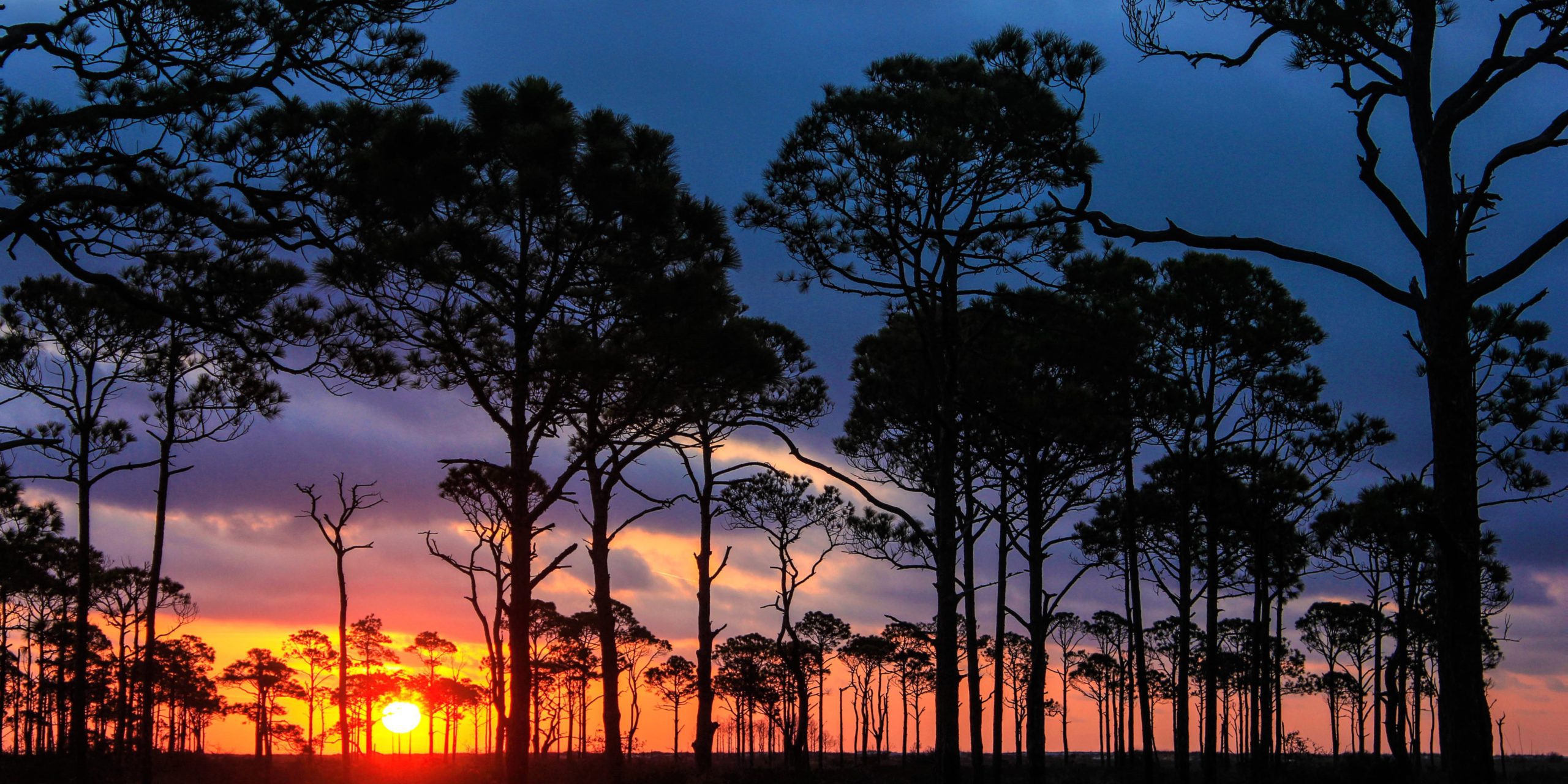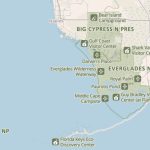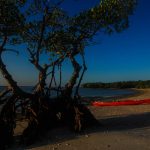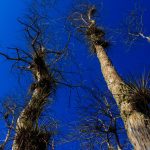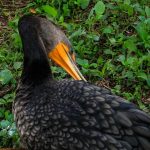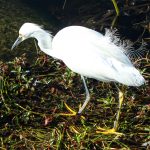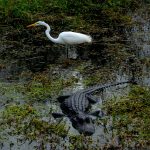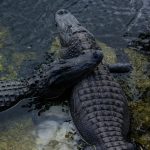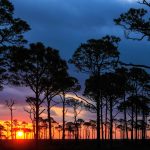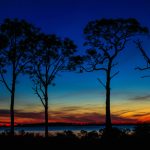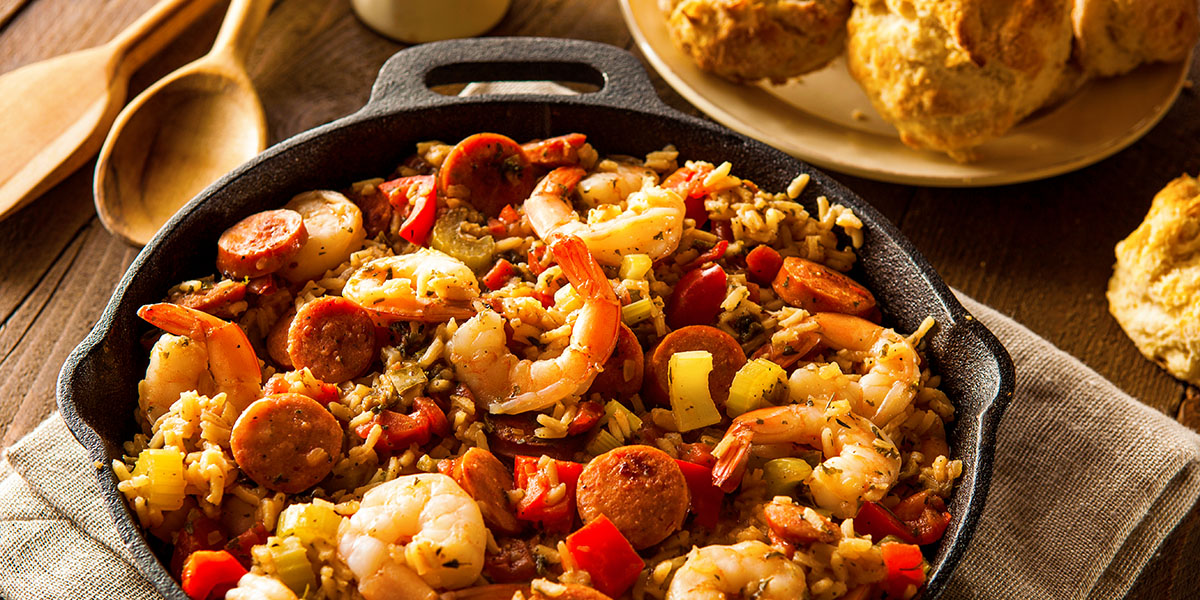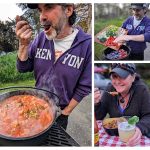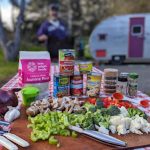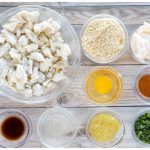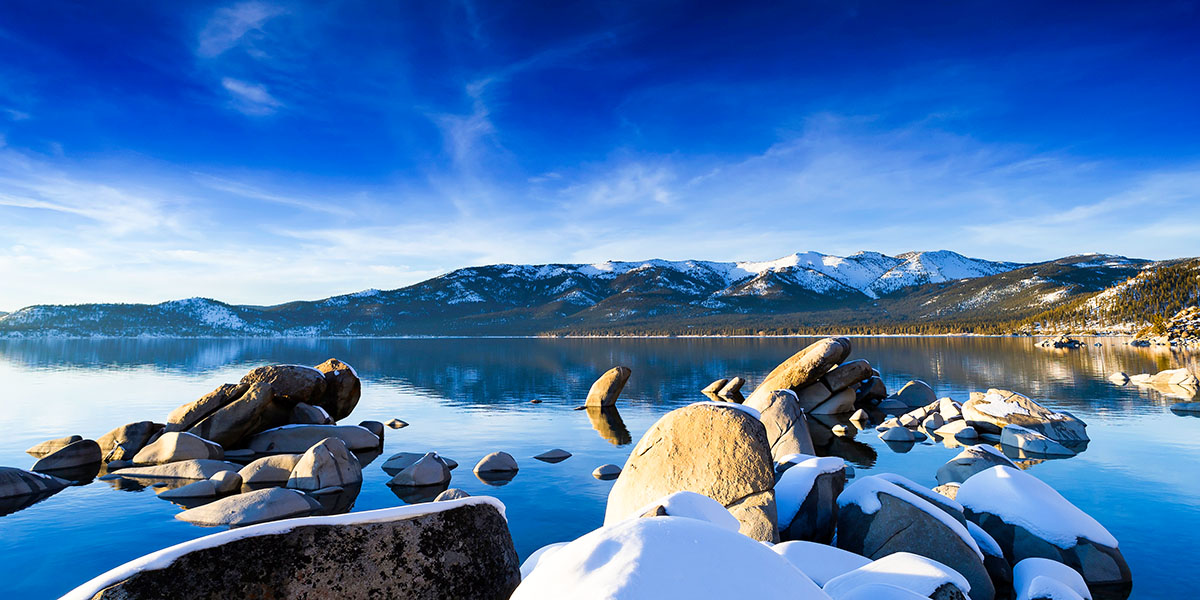Oh, the freedom! We all know the attraction of the RV life. There’s something about the open road, the ever-changing backyard, and the ability to take your home wherever you go. The very thrill of it begs to be shared and fuels romantic RV getaways. But once you’ve seen what you’ve seen that day and retire to the RV at day’s end, you may find yourself asking: How far does RV privacy go? Those folks parked in the campsites near you. Can they still see you, hear you, tell what you’re doing?
The reality is that the RV lifestyle does sacrifice some privacy. Especially at a campground or RV resort — even some of the best ones. But whether you’re at a crowded campground or parked in a boondocking spot with curious hikers passing by, there are things you can do to prep your rig and safeguard your RV privacy. In fact, doing so will probably help you sleep better. Improving your RV’s privacy can make a huge difference in your comfort, security, and overall travel experience.
So, whether you’re looking for ways to block out nosy neighbors or create a quiet retreat inside your rig, these five RV privacy upgrades will help you feel more at home — wherever you roam.
1. Upgrade Your Window Coverings
Windows provide natural light and beautiful views, but they also give outsiders an easy way to peek inside your RV. (To be fair, intentionally or unintentionally.) The right window treatments can instantly enhance your RV privacy and even improve insulation.
Best Window Covering Options for RV Privacy
- Blackout Curtains. These block out both sunlight and prying eyes. They’re great for night privacy, helping you sleep in after sunrise, and can also keep your RV cooler in the summer.
- Day/Night Shades. Many modern RVs come with these, offering the option to let in filtered light while maintaining privacy during the day and full blackout at night.
- Reflective Window Film. This is a great option for daytime RV privacy. It allows you to see out while preventing others from seeing in, but keep in mind that it doesn’t work as well at night when your lights are on inside.
- Velcro or Magnetic Blackout Covers. These provide a simple and removable option, perfect for boondockers who want to block out all light and stay stealthy in urban settings.
Pro Tip!
If you’re on a budget, DIY window coverings using Reflectix and fabric can provide great privacy and insulation. Cut pieces to fit your windows, secure them with Velcro, and pop them in when you need extra privacy or temperature control.
2. Use an RV Skirt or Outdoor Privacy Screens
If you’ve ever camped at a busy campground, you know that sometimes it can feel like your neighbors are just a few feet away. (Because they probably are.) Using an RV skirt or outdoor privacy screens can help create a more private and comfortable outdoor space.
A Few Options to Consider
- RV Skirting. Not just for insulation in cold weather, RV skirting can also add an extra layer of privacy, blocking off the view underneath your RV from passersby. Fabric skirting is portable and easy to install, while more permanent options like rigid foam board offer better insulation.
- Pop-Up Privacy Screens. These are lightweight, foldable barriers that provide an instant private outdoor area around your RV. They’re great for separating your space from neighboring campers.
- Retractable Awnings with Side Panels. If you already have an awning, adding side panels can give you shade and privacy at the same time.
Pro Tip!
For a budget-friendly DIY privacy screen, consider using a tarp and bungee cords to create a temporary barrier around your outdoor space.
3. Soundproof Your RV
Privacy isn’t just about keeping people from seeing inside. It’s also about limiting how much noise travels in and out of your RV. Whether you’re parked at a noisy campground or you just don’t want your conversations to carry, a few soundproofing tricks can help.
Ways to Reduce Noise Inside Your RV.
- Weather Stripping. Adding weather stripping around doors and windows can help block sound from leaking in and out.
- Soundproof Curtains. Heavier fabric curtains help absorb sound, reducing noise levels inside.
- Foam Panels or Rugs. Adding soft materials like foam panels to the walls or thick rugs to the floor can help dampen sound and keep things quieter.
- Door Draft Stoppers. These are great for blocking noise, light, and as it states, a draft from creeping in under your RV’s doors.
Pro Tip!
If you’re staying in a noisy campground, a white noise machine, phone app, or small fan can help mask outside sounds so you can sleep peacefully.
4. Secure Your Entry Points
Your RV’s doors and windows are not just for access — they also determine how secure and private your living space is. Adding some simple upgrades to these areas can make a big difference.
How to Bolster Your RV’s Entry Points
- Upgrade Your Door Locks. Many RVs come with standard locks that are easy to pick or duplicate. Consider upgrading to a keyless entry lock or deadbolt for better security.
- Add a Security Camera. A small battery-powered security camera allows you to check who’s outside without opening the door and gives you added visibility even when you’re away.
- Use a Door Curtain or Window Film. If your RV door has a window, cover it with a curtain or film to prevent anyone from seeing inside.
- Install Motion-Sensor Lights. Outdoor lights that turn on when movement is detected help deter unwanted visitors while making it easier to see at night. This also helps with little critters that move about at night, as they tend to run from a light that turns on.
Pro Tip!
A simple stick-on frosted window film can let light in while keeping prying eyes out. It’s an inexpensive way to add privacy without blocking natural light completely.
5. Create a Private Sleeping Space
One of the biggest challenges in RV living is creating a private sleeping area, especially in smaller rigs or those with open layouts. Whether you’re traveling with family or just want a cozy retreat, there are ways to make your sleeping area more private.
Upping the Privacy in Your Sleeping Space
- Use a Privacy Curtain or Divider. If your RV doesn’t have a separate bedroom, installing a curtain or folding screen can give you a little extra separation.
- Opt for a Murphy Bed or Loft Bunk. If you’re shopping for an RV, models with Murphy beds or loft bunks often provide a way to tuck away your sleeping space when not in use, keeping it more private when needed.
- Position Your RV Strategically. If you have the option, park in a way that gives your bedroom windows the most privacy — whether it’s facing away from other campers or backing up to a more secluded area.
Pro Tip!
In smaller RVs, blackout curtains with Velcro closures can create an instant private sleeping nook without taking up extra space. They also help regulate sleep patterns when traveling north to places like Alaska or Canada that can experience extended, and in some cases 24-hour sunlight.
Enjoying the Peace of RV Privacy
Privacy is one of those things you don’t think about much until you realize you don’t have it. Whether you’re camping in a crowded RV park, boondocking in a busy area, or just trying to get a good night’s sleep, improving your RV’s privacy can make your travels much more comfortable.
From simple window coverings to strategic parking and soundproofing techniques, there are plenty of ways to enhance privacy in your rig. The best part? Most of these upgrades are affordable, easy to install, and make a noticeable difference in your overall RV experience.
So, whether you’re looking to keep out prying eyes, block out noise, or create a cozy retreat, these tips will help you turn your RV into the private sanctuary you deserve — no matter where the road takes you.


